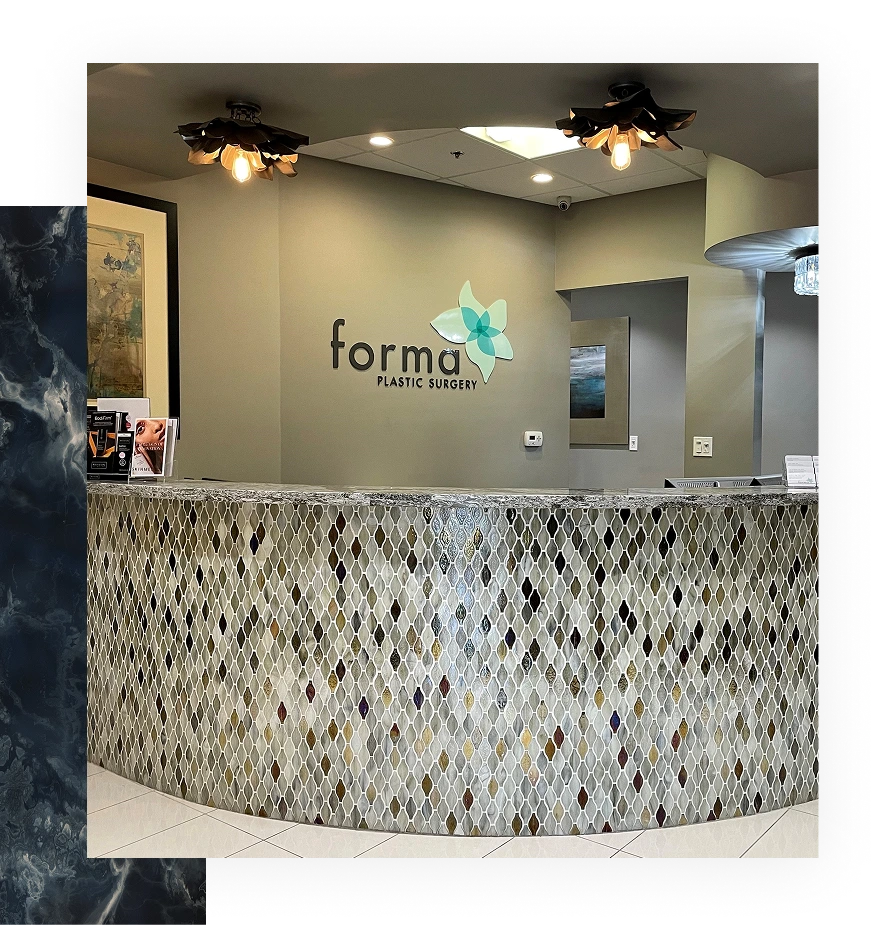



In Scottsdale, facelift costs range from $8,000 to $20,000, depending on the extent of the procedure and the specific techniques used. Factors such as the surgeon’s experience, facility fees, anesthesia, and any additional treatments can also influence the overall price. It’s important to consider these elements when evaluating facelift options and planning your investment in facial rejuvenation.
Schedule your personalized consultation today and take the first step toward feeling confident, informed, and supported.
The best surgical facelift technique for you will vary based on your needs, goals, degree of skin laxity, what areas of your face are being addressed, and other factors. To produce the results you want, our skilled surgeons will discuss the different techniques during your consultation. We will then help you decide which technique is best for you.
Injectable wrinkle fillers like JUVÉDERM® and relaxers like BOTOX® have become more popular in recent years to improve fine lines and wrinkles. Also known as a liquid facelift, injectable wrinkle treatments can address early signs of aging, but the results are temporary. A facelift will produce more significant improvements than injectables, with results that can last for a long time. Ask our skilled staff about injectable treatments during your consultation.
